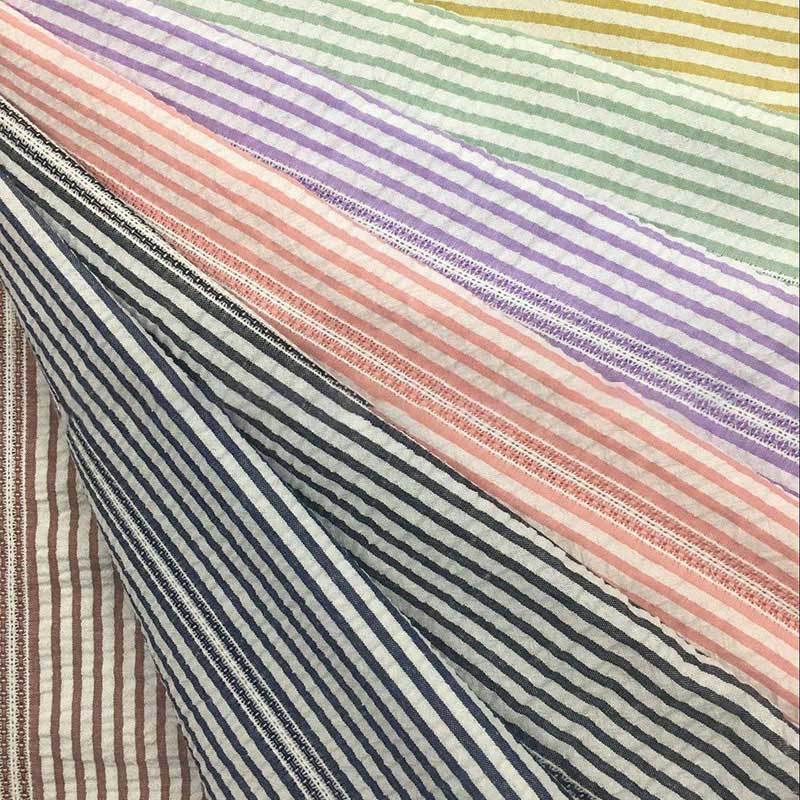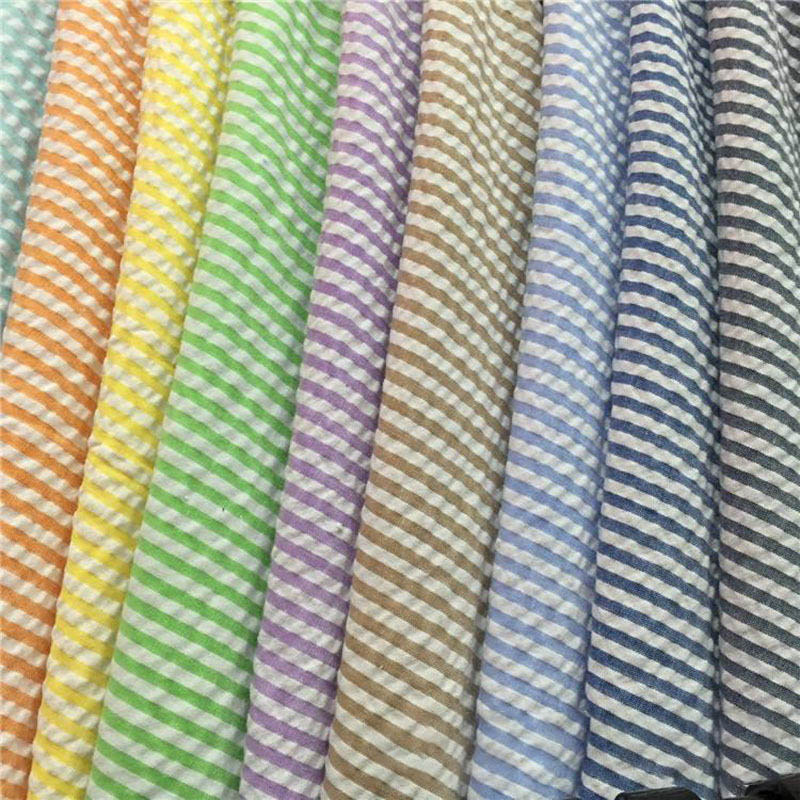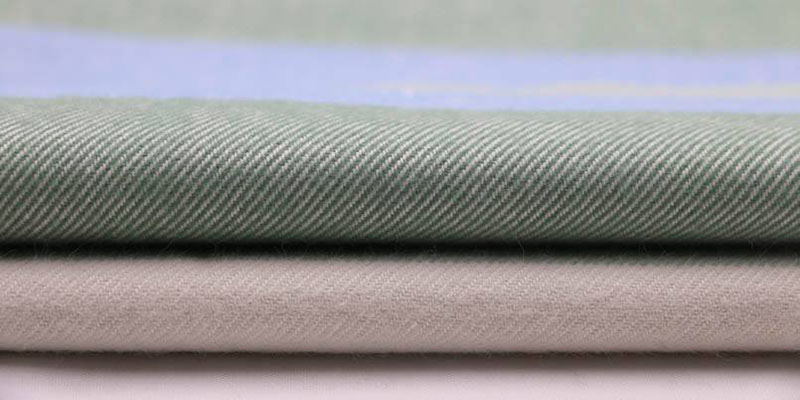
In the fast-paced textile industry, the design trends of knitted fabrics are constantly evolving. These changes not only affect the dynamics of the fashion industry, but also largely determine the direction of market demand. Through in-depth analysis of knitted fabric design, we can gain valuable insights into current trends and future prospects.

At present, the innovative design of knitted fabrics focuses on diversification and functionality. As consumers' pursuit of comfort and personalization increases, more brands adopt the latest knitting technology to meet market demand. This not only provides designers with more creative space, but also correspondingly improves the competitiveness of ready-made garments.

In addition, environmentally friendly materials have become a major trend in fabric design. Many manufacturers and designers have begun to explore sustainable development options, bringing new market value to the brand by using environmentally friendly materials such as organic cotton and regenerated cellulose. This responds to the demand of modern consumers for green fashion.
.jpg)
Against this backdrop, the textile industry has also begun to move towards technological innovation and intelligence. Smart textiles and tailor-made knitted products are on the rise, providing consumers with an unprecedented shopping experience. Whether it is functional improvement or personalized customization, these have injected new vitality into fabric design.

In summary, the design trend of knitted fabrics is constantly developing in terms of diversification, environmental protection and intelligence. As designers or industry participants, we should actively pay attention to these changes so that we can continue to innovate in the competitive market and meet the changing needs of consumers. Continuously exploring and applying these design trends will inevitably bring us more competitive products.
.jpg)
